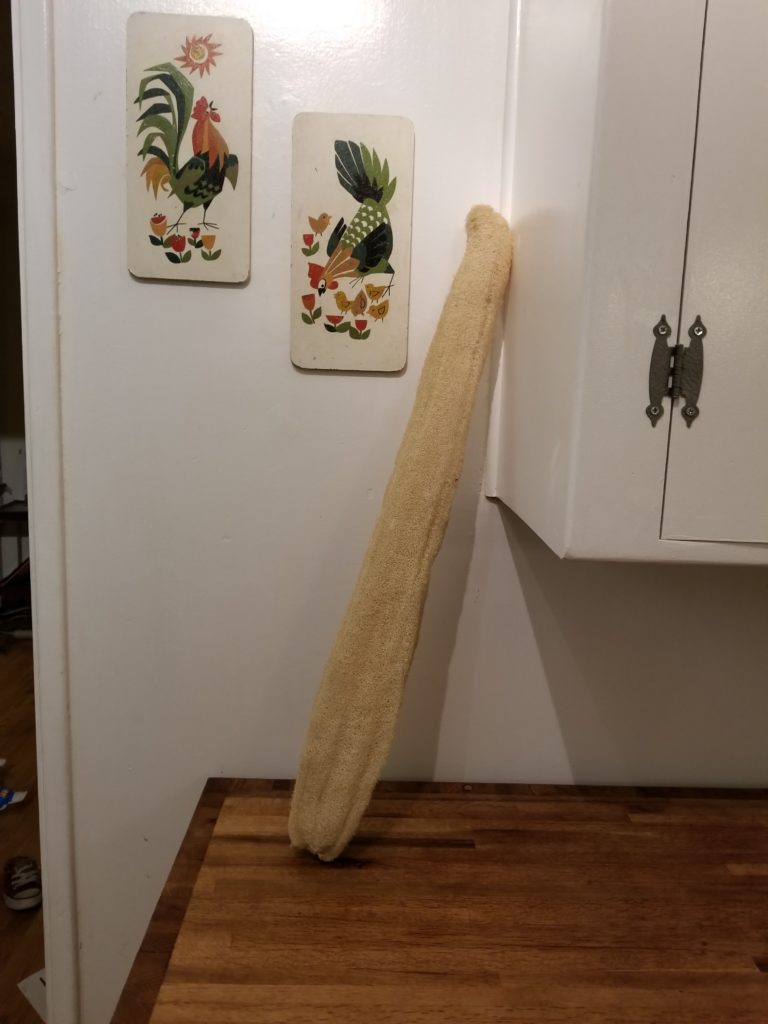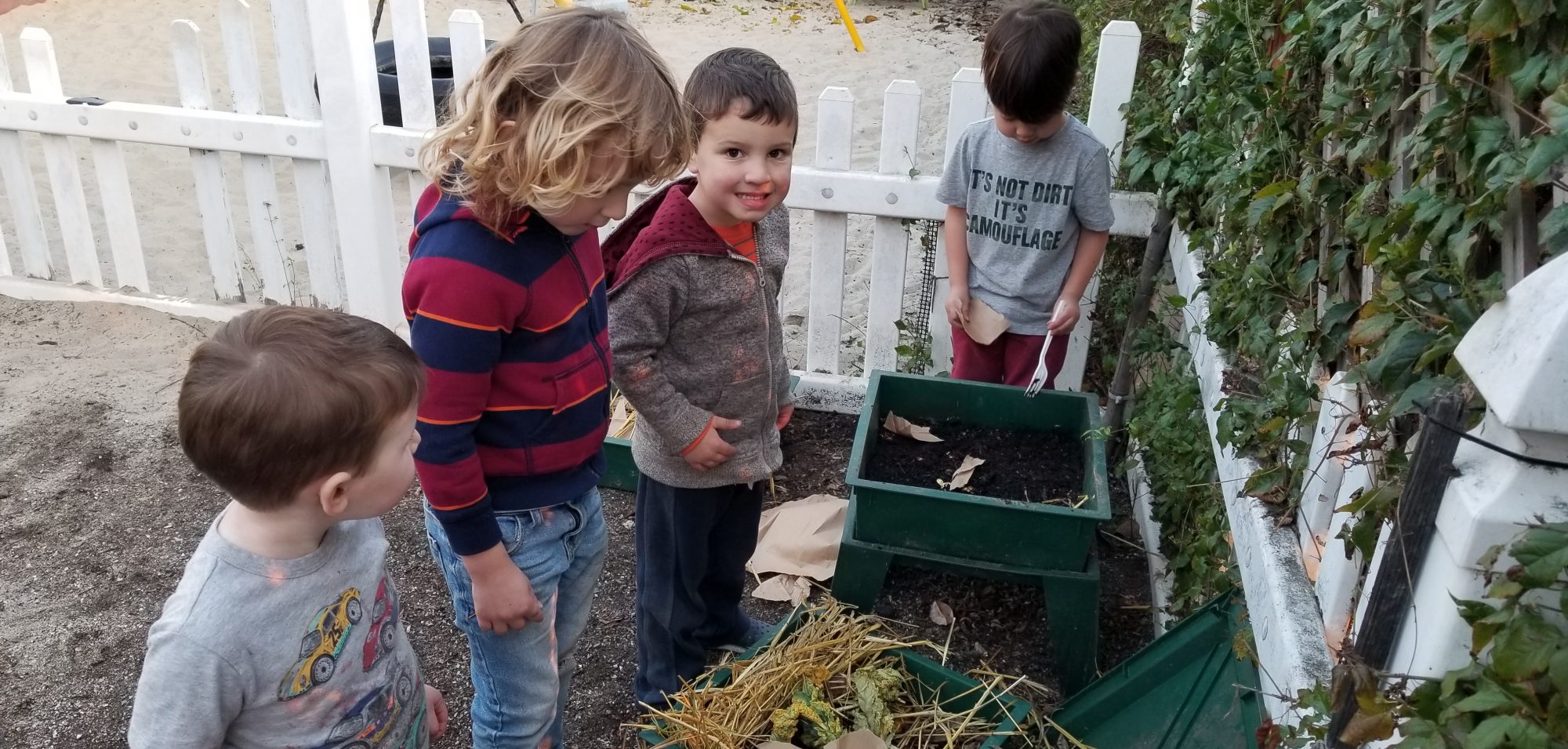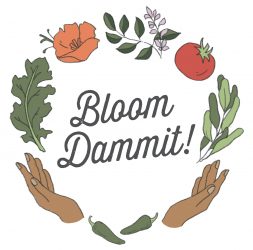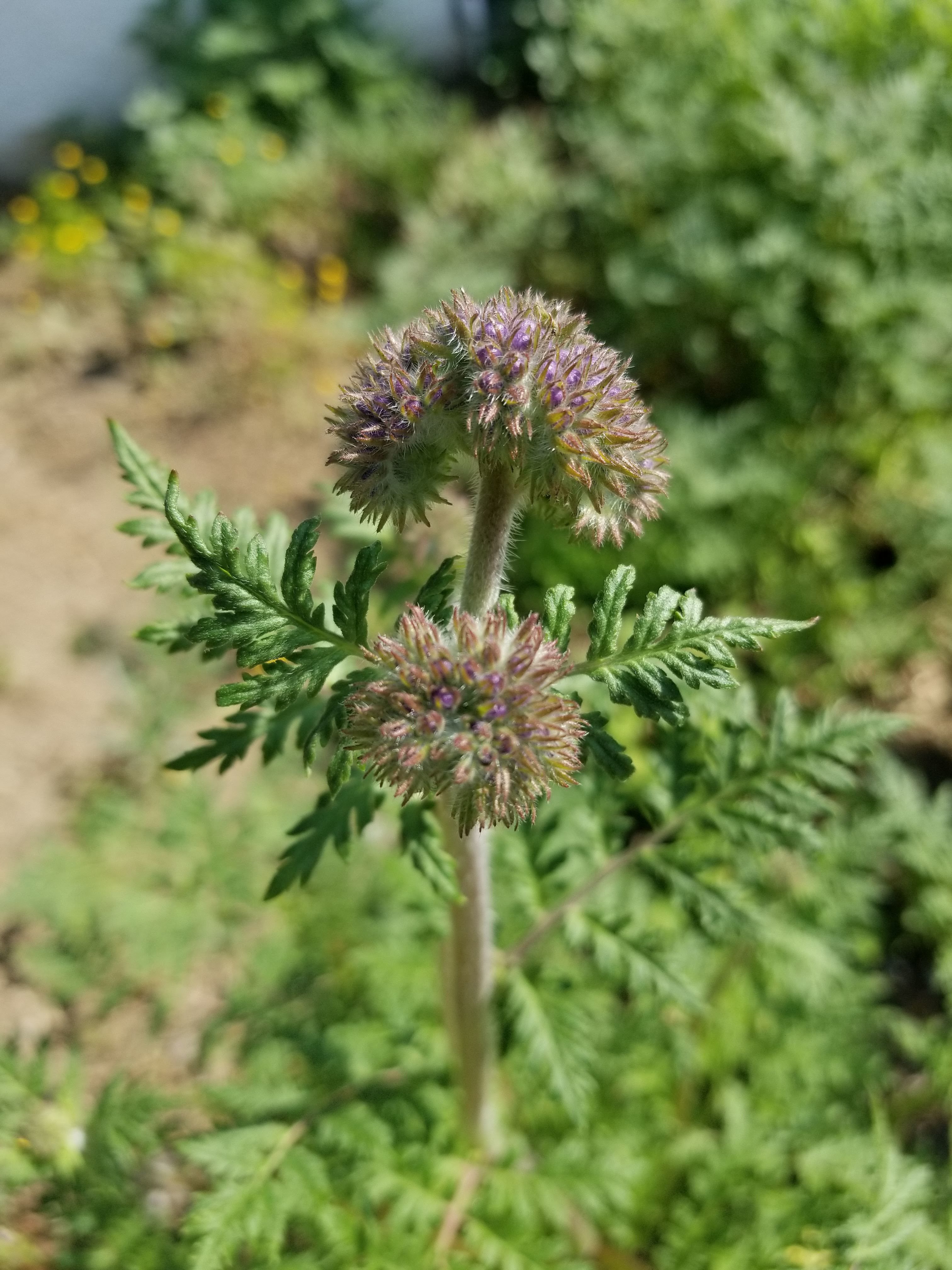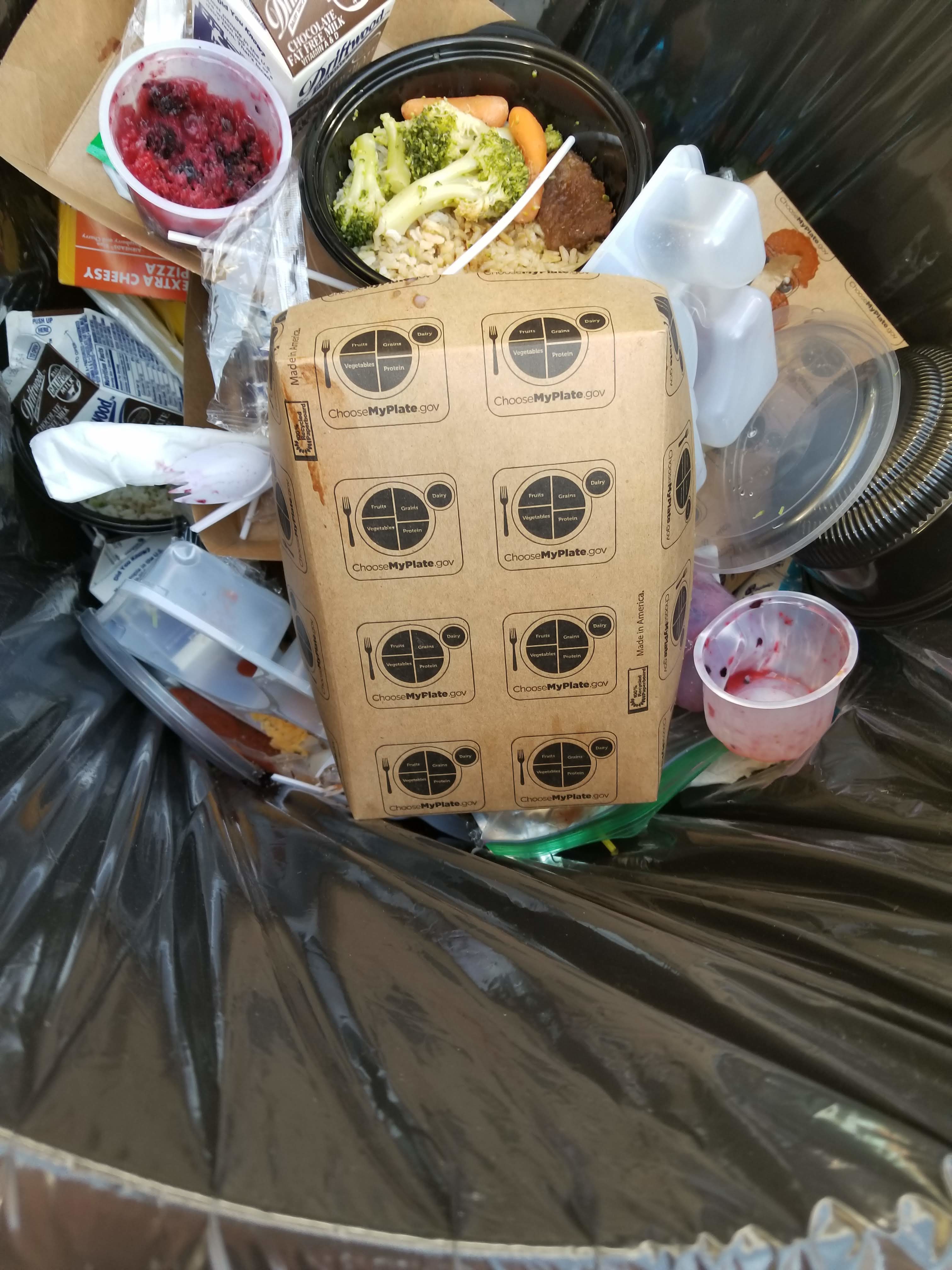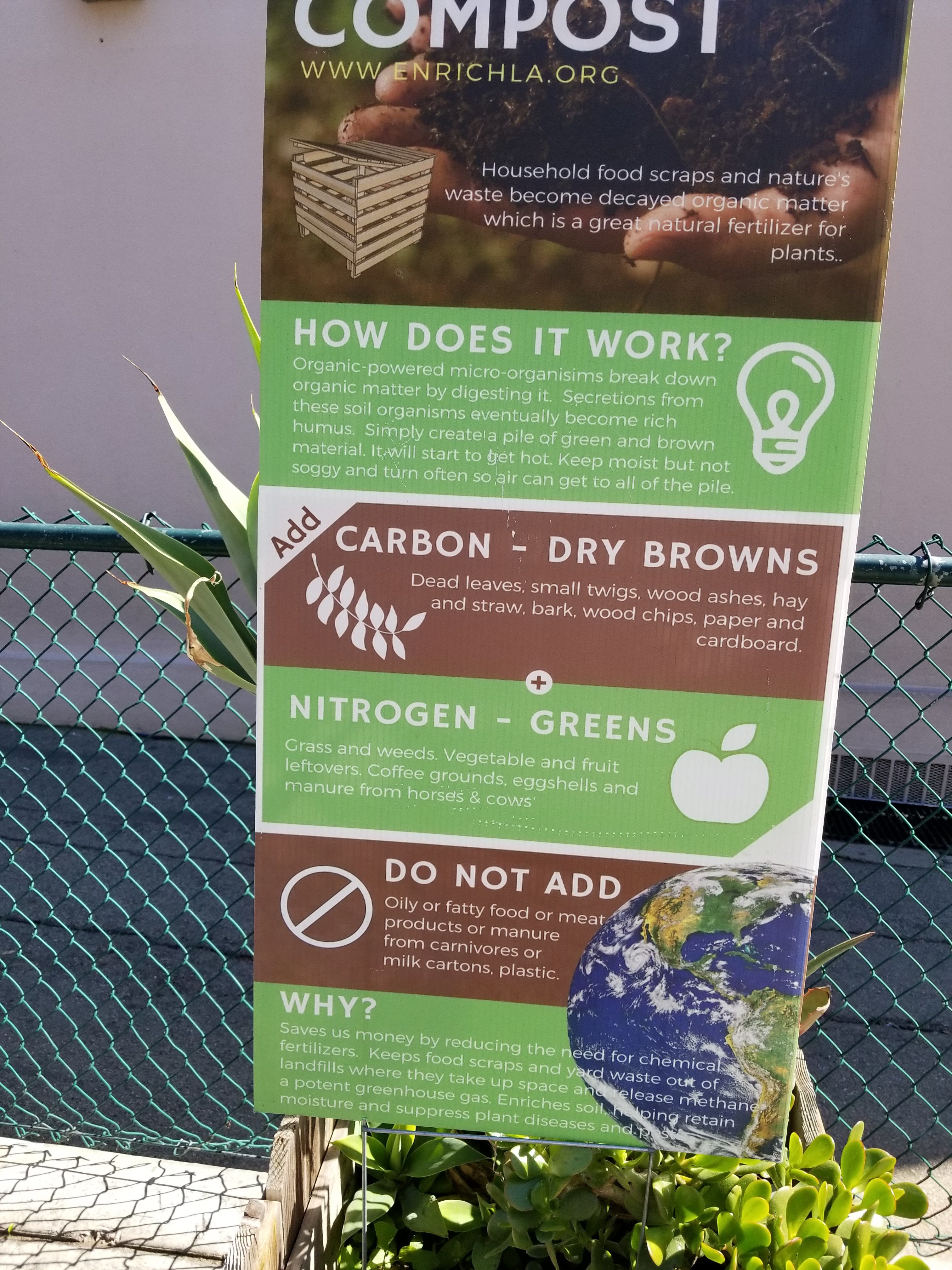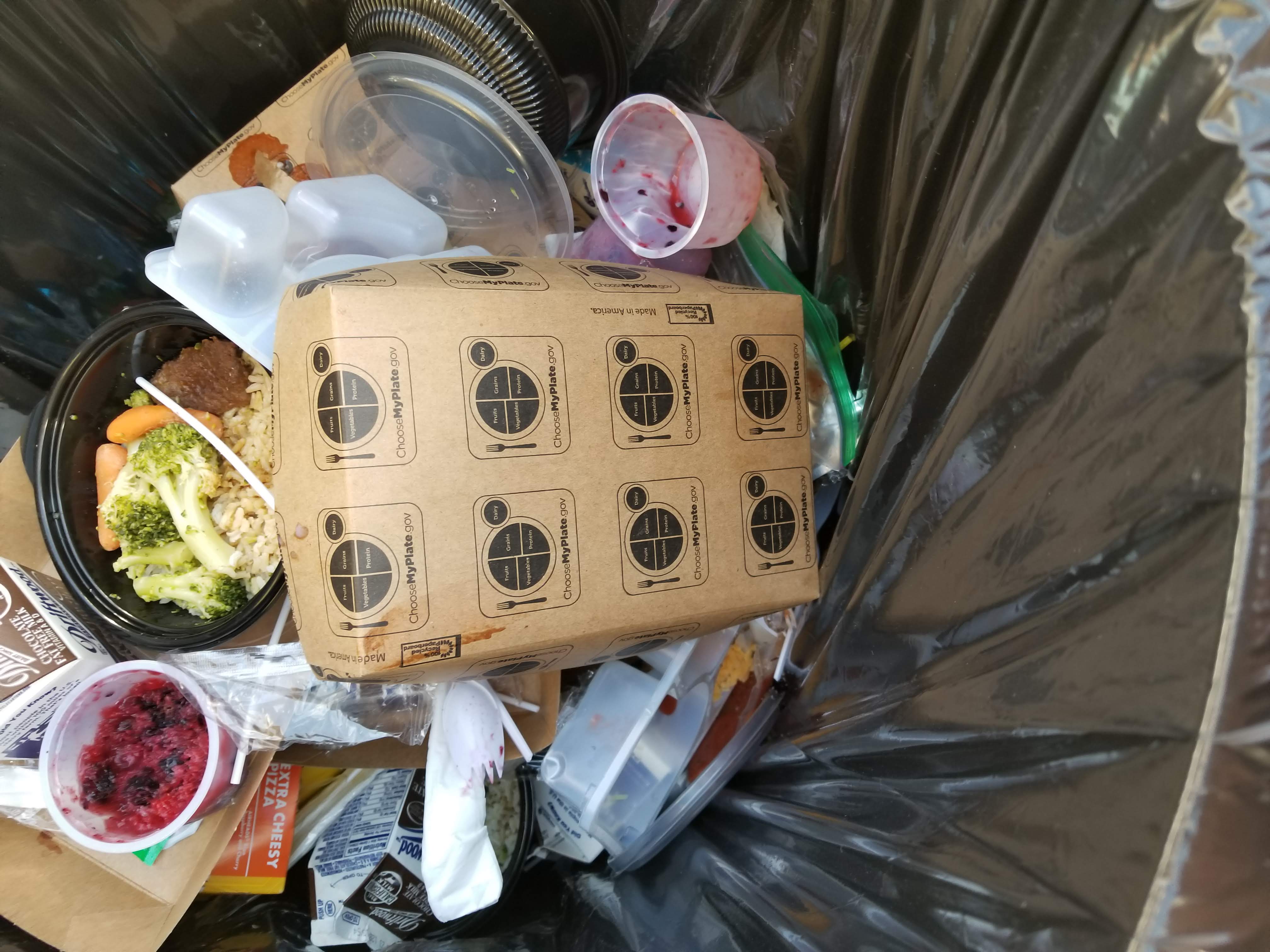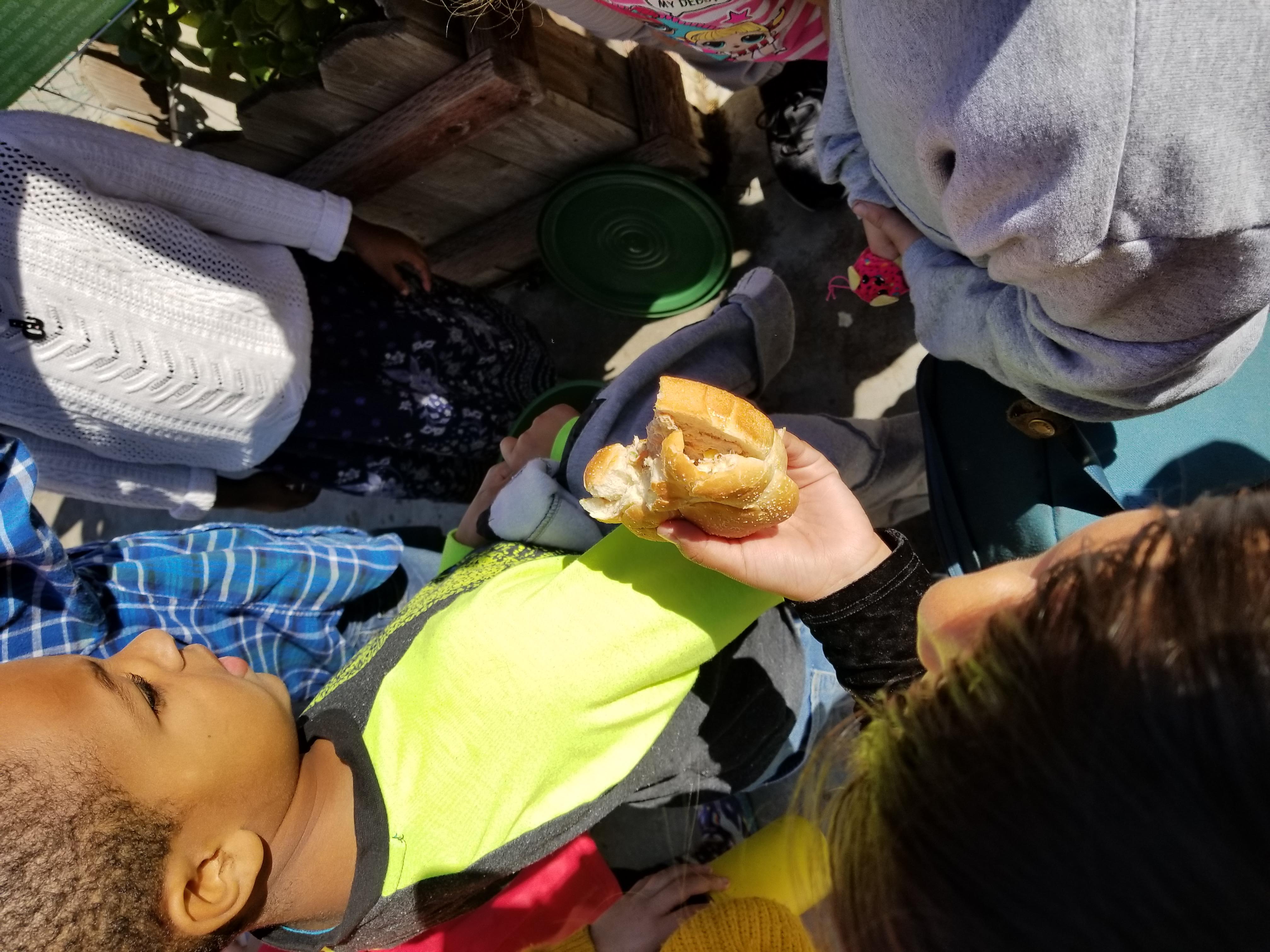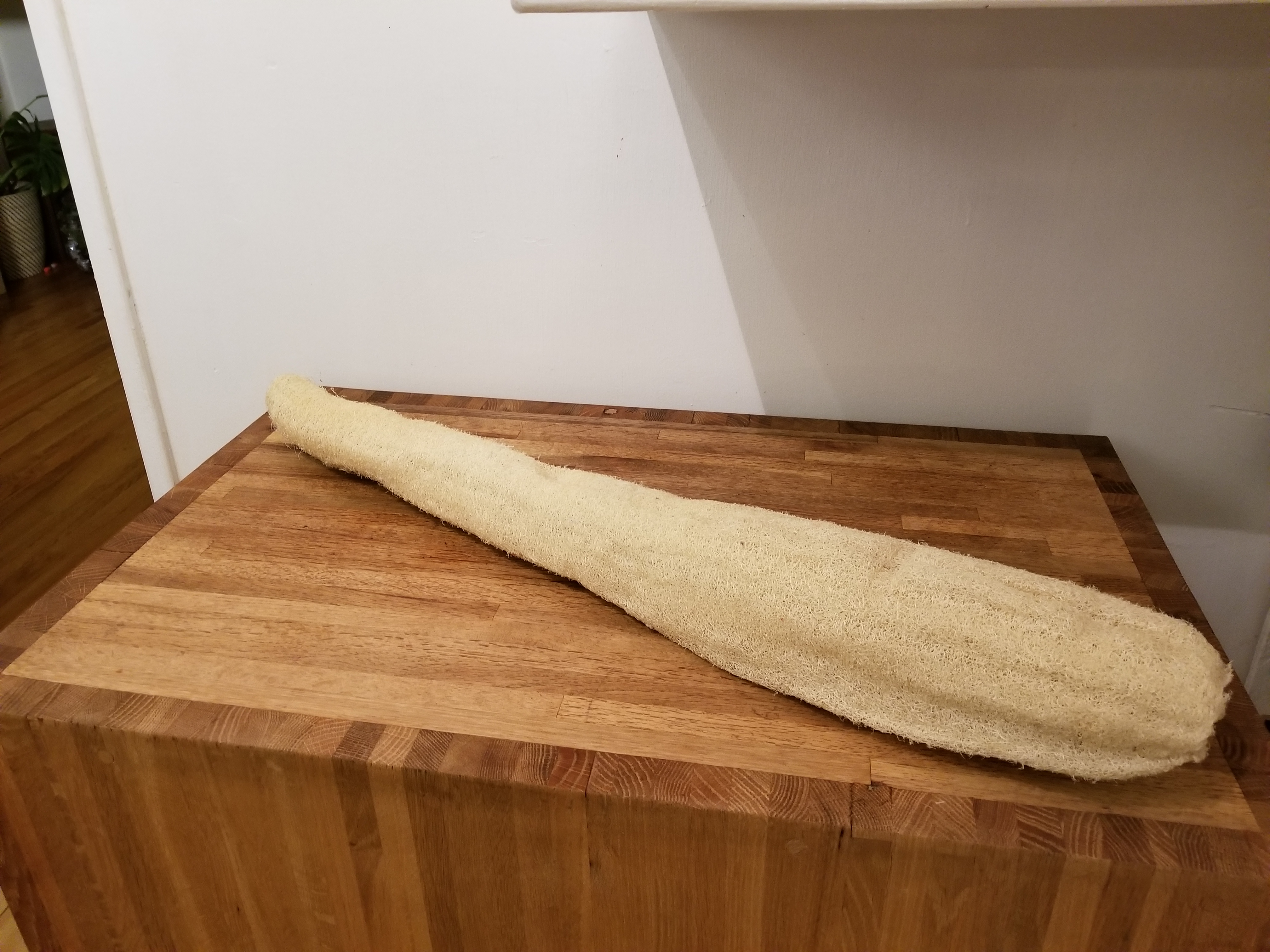OK, so I signed up for a soils class – it was recommended by a friend and I’m in week 2 and I love it. If you have time next year around this time to take it, do it! The professor is kind and nurturing – which to be honest, has been my experience with all of my professors at Pasadena City College. I’m taking this class to learn how to heal some of the damage we have impacted on our urban soils, and to see how to maximize yields in a natural way that doesn’t add chemicals to the process. Here is cool video to watch and learn about cover crops.
Recycling and Product Consumption
I’ve had a lot going on this summer and I haven’t had a chance to update this site. A lot has been going on for me, from doing more work under the Waste Warrior program for sustainability in Burbank, to completing the Master Gardener program. Once of the most valuable things that I’m learning or re-learning is the connections between all of these programs and how we are so intertwined as humans to our environment. Meaning, we can’t talk about sustainability without addressing our needs for convenience. Zero-waste or the journey to it is not easy, it’s not convenient but it gets easier as we change our habits one small step at a time.
I came across this link, sent by a friend: https://theintercept.com/2019/07/20/plastics-industry-plastic-recycling/
The Intercept did a great job of outlining what we’re up against. I try to belong to the school of thought that we vote with our dollars and the way we consume impacts the environment. There were a couple of things that really stood out: black plastic and its toxicity, the low rate of recycling, where our plastic is ending up now that it’s not in China. It’s gross, it’s soul crushing and we need to do better because we are learning more and more. We need to fight big oil in an organized way, where they have lobbyists, we have passion, we have a desire to keep the environment thriving and it’s our responsibility to work with what the earth has provided for us.
Attempting Zero Waste at LAUSD school
I teach gardening education at a LAUSD school, and although everyone means well and wants to help, I’ve only had 2 parents volunteer. I think part of the challenge lies in wanting to help but not knowing how to get there. For instance, composting, where to start? we know where we need to end up but starting the collection and changing behavior is a completely different beast. It’s even harder when not all folks have the same desired goal to get it going – priorities are just different for some folks, unfortunately.
This week felt like a big win. I recently started the master gardener program and have been connecting with great people from different organizations. I came across Seeds of Hope and they work with other non-profits to get food into the hands of those who need it. Please check them out, they also grow their own food to supplement what they give out.
So back to organizing a campus… we set up a disassembly line at the lunch break. Breaking out food that is in good condition and can be donated, recyclable items, compost and waste. Previously, we trashed everything – now we are collecting the compostable food trays (which can also be recycled).
I asked the lunch manager for some help with ice, unfortunately we didn’t have any but he did me a true solid and handed me an insulated bag for food. I drove to Echo Park to drop it off and the group kindly accepted my donation. It would be nice to have a system to drop off the food. I must admit I cried from the sheer exhaustion of getting 10 people to work together in training kids. I hope this is the first of many days when we get to reduce food from the landfill into the hands of those who need it the most.
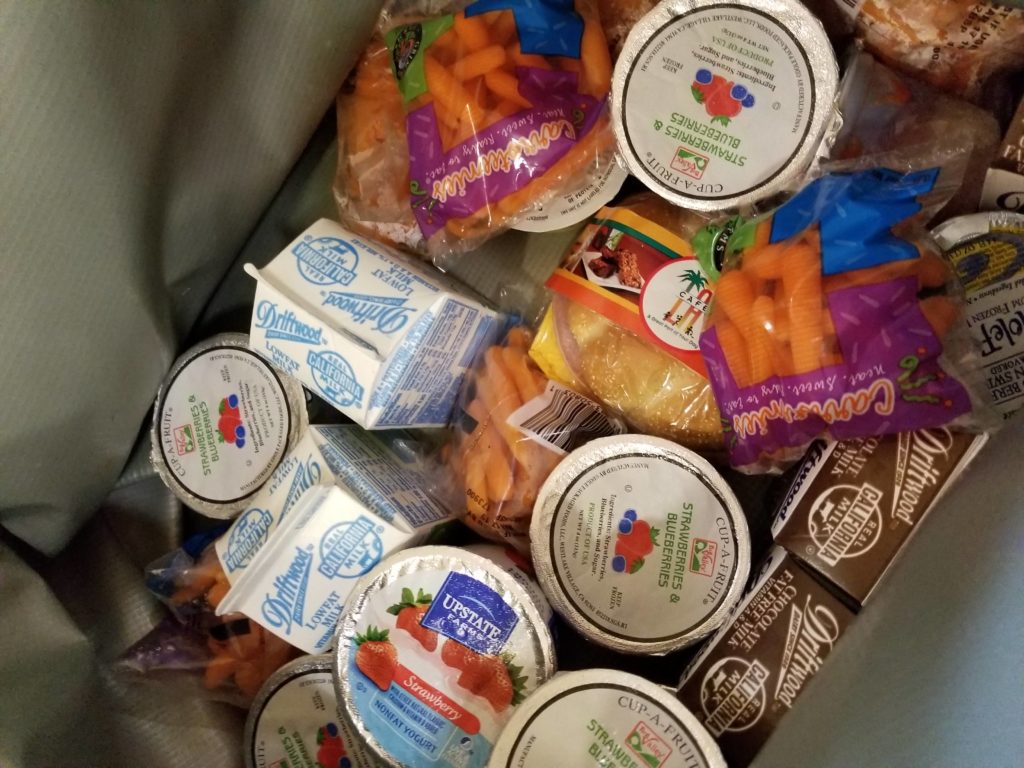
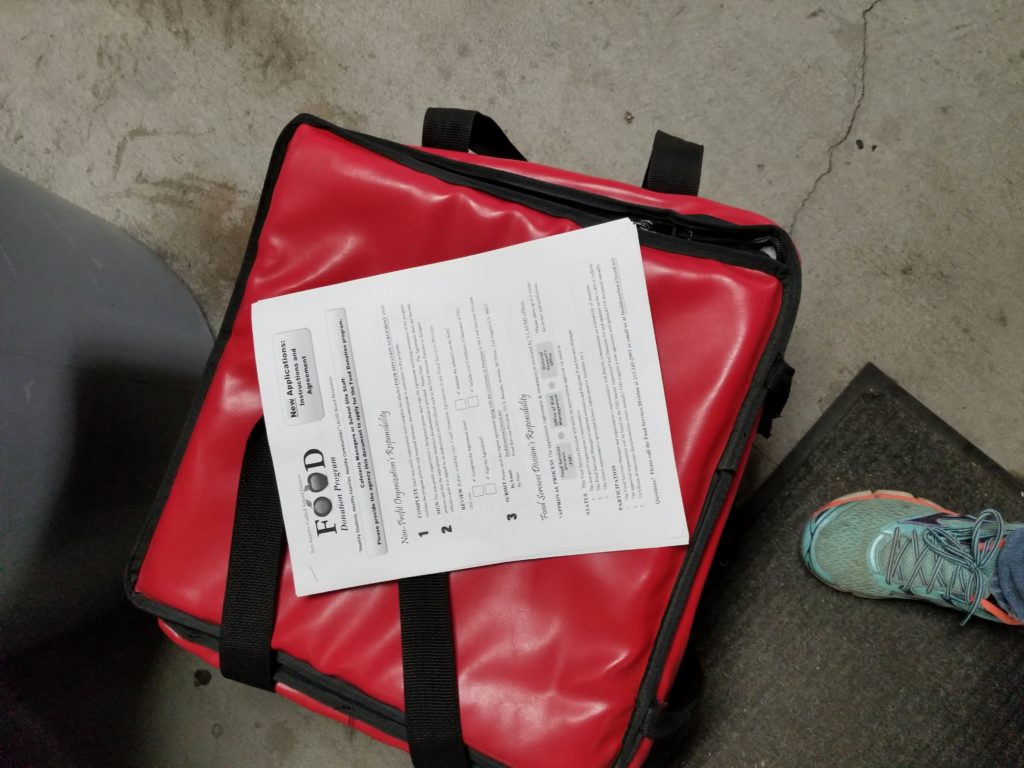
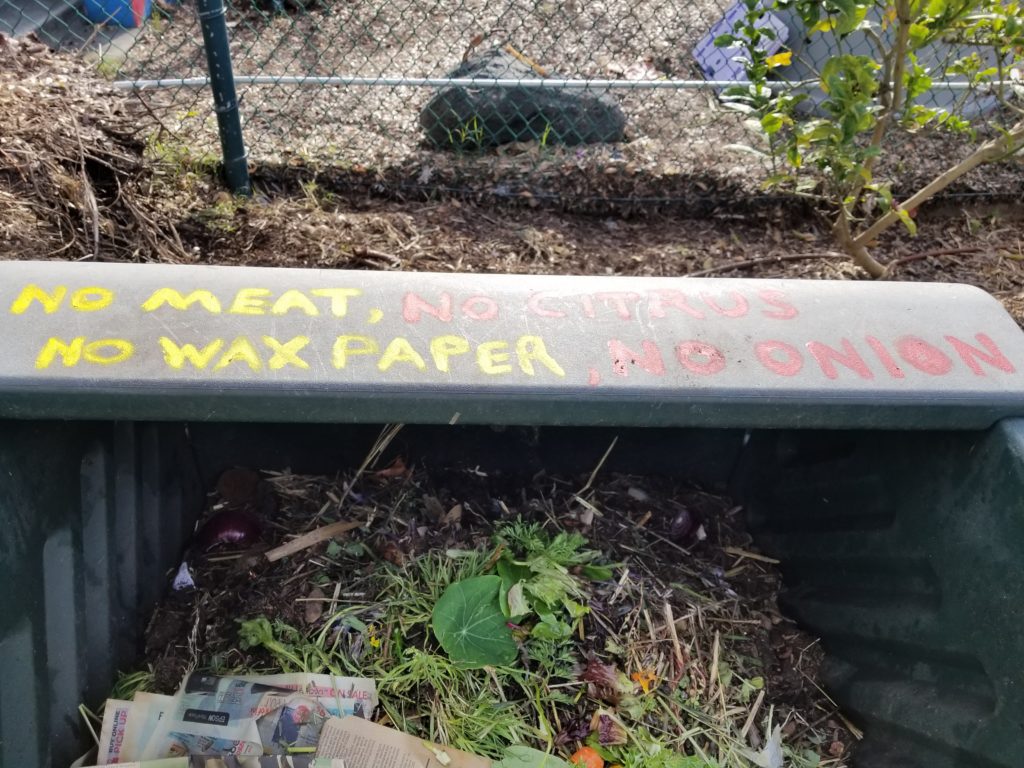
California Native Seed Planting – Changing Behavior
First thing we did when we bought our house was mulch – see here
And although I didn’t have a plan, I knew that we had to do something to conserve water in our Los Angeles suburb of Burbank. With drought after drought, we have to collectively change the way we look at grass. Easier said than done, since human behavior and convenience is one of the hardest things to change. Some of us look at grass as an antiquated relic of the idealized past, an image manipulated to create an oasis in California in order to lure east coasters. Beyond that, I see a lot of Latino families seeing grass as their manifestation of the American dream. Some folks worked hard, bought a home and grass is the physical representation of that.
I try to learn from others, and overall try to be less judgemental of others with how they choose to spend time, money, and effort but we must do more outside of our little zero-waste and conservation bubble. It’s an echo chamber of sorts and I would like to do more to outreach.
One organization that does a good job on education others on the benefits of natives, as they tie into water conservation is Theodore Payne Foundation link here
I’ve taken art classes there, bought seeds there and recently connected with an educator. I do think they fill a void, they don’t just sell items but they’re interested in selling plants that are colorful and don’t look like native weeds. They also lead by example, they have solar installed on their roof, their volunteers are knowledgeable, and they’re a non-profit.
Where I do have a gripe is the accessibility quotient. I do understand that natives take A LOOOOOONG time to grow, and herein lies the problem. The mark-up on these plants, the cost and the affordability doesn’t cater to anyone but the richest of Angelinos. Some of these plants are in the $18-$22 range and it’s hard for someone to shell out that much for a front yard overhaul.
My suggestion is to go for the seeds – start planting in the fall and see the results in late winter and early spring.
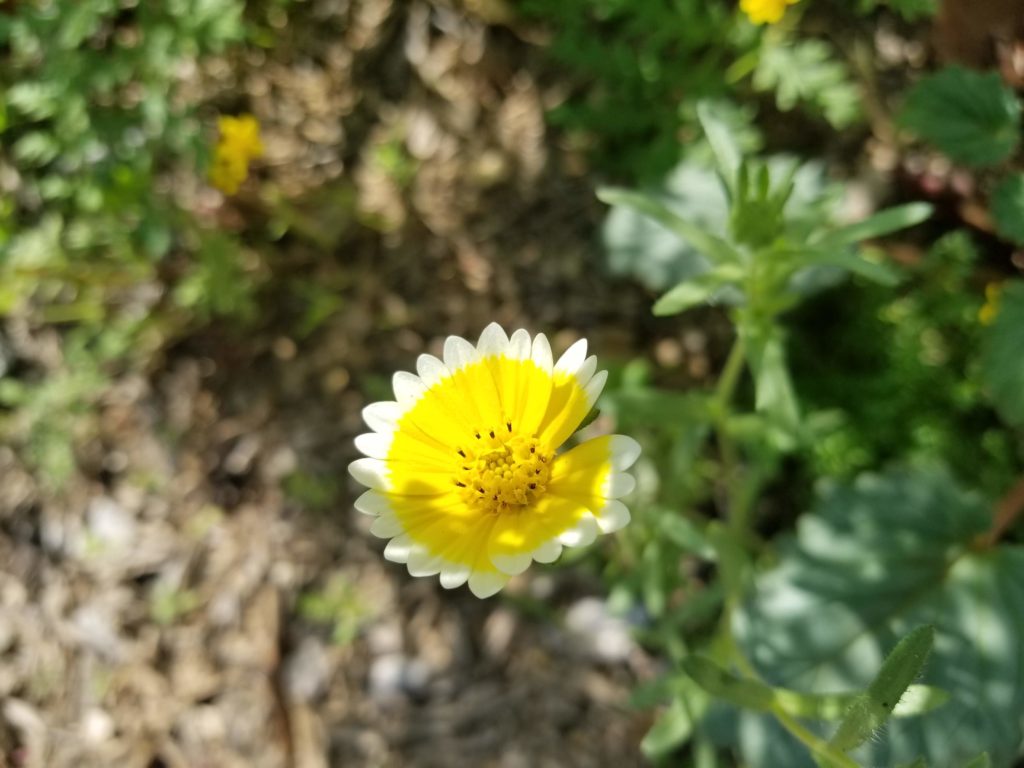
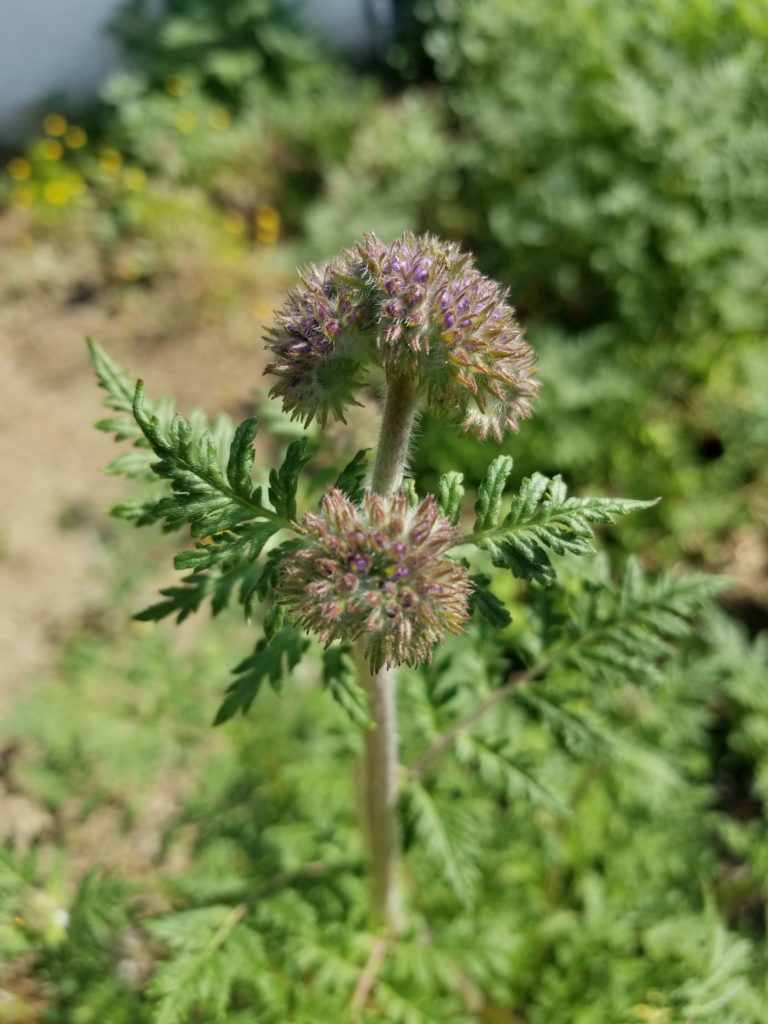
Composting at an Elementary School
Over the last few months, I’ve been composting at Micheltorena Elementary. I work as a school garden ranger, and people drop off compost. I turn the pile, get the kids involved and discuss nitrogen and carbon balance.
The hardest thing to accept has been, why won’t the school compost? I’ve been looking at the lunch menu and although not all the items can be broken down, some can be.
I often teach kids about growing our own food, permaculture, sustainability and zero-waste but all of that is pointless is we don’t teach by doing.
As of last week, I’ve been able to work hand-in-hand with the principal at this school to establish a small, 5-gallon compost bucket. Disclaimer, I work for Enrich LA, and this is an initiative for us as employees. My challenge isn’t the support, believe me I have it, but I need to figure out ways to get other people truly excited and engaged in this next endeavor.
I’m attaching a file, with my plans on what I intend to do, and what has been implemented – in hopes that it will inspire you or inspire others to take the leap and compost at your neighborhood school.
We are in the implementation phase, so far we’ve collected a few pounds of organic waste. We’ve added it to the pile and used the paper plates (non-waxed) to balance the nitrogen and carbon.
I’ve included some pictures here, but the value is in the plan. Please credit me if you’d like to use it.
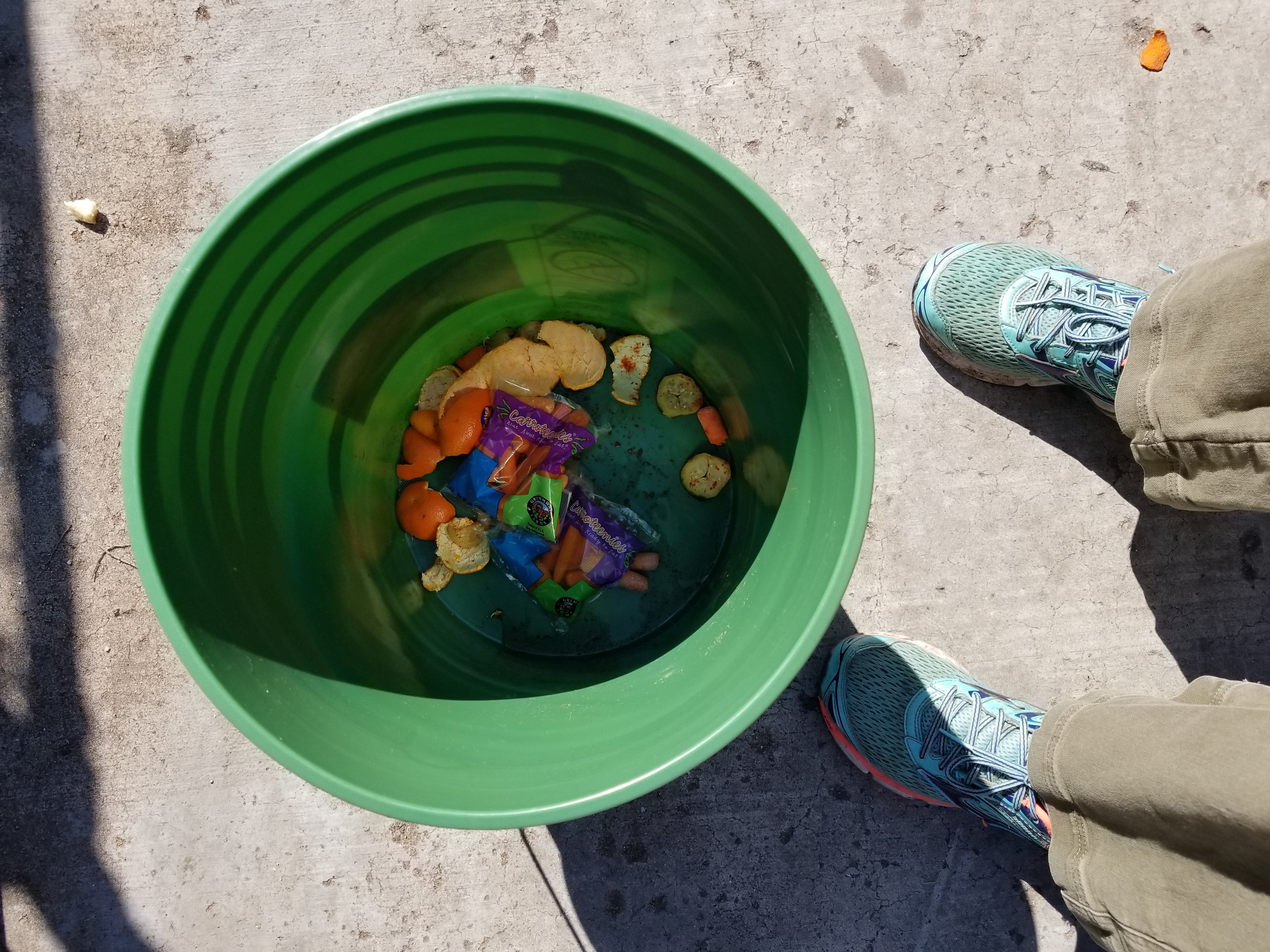
Burbank Backyard Food Growers – 1st Annual Seed Exchange
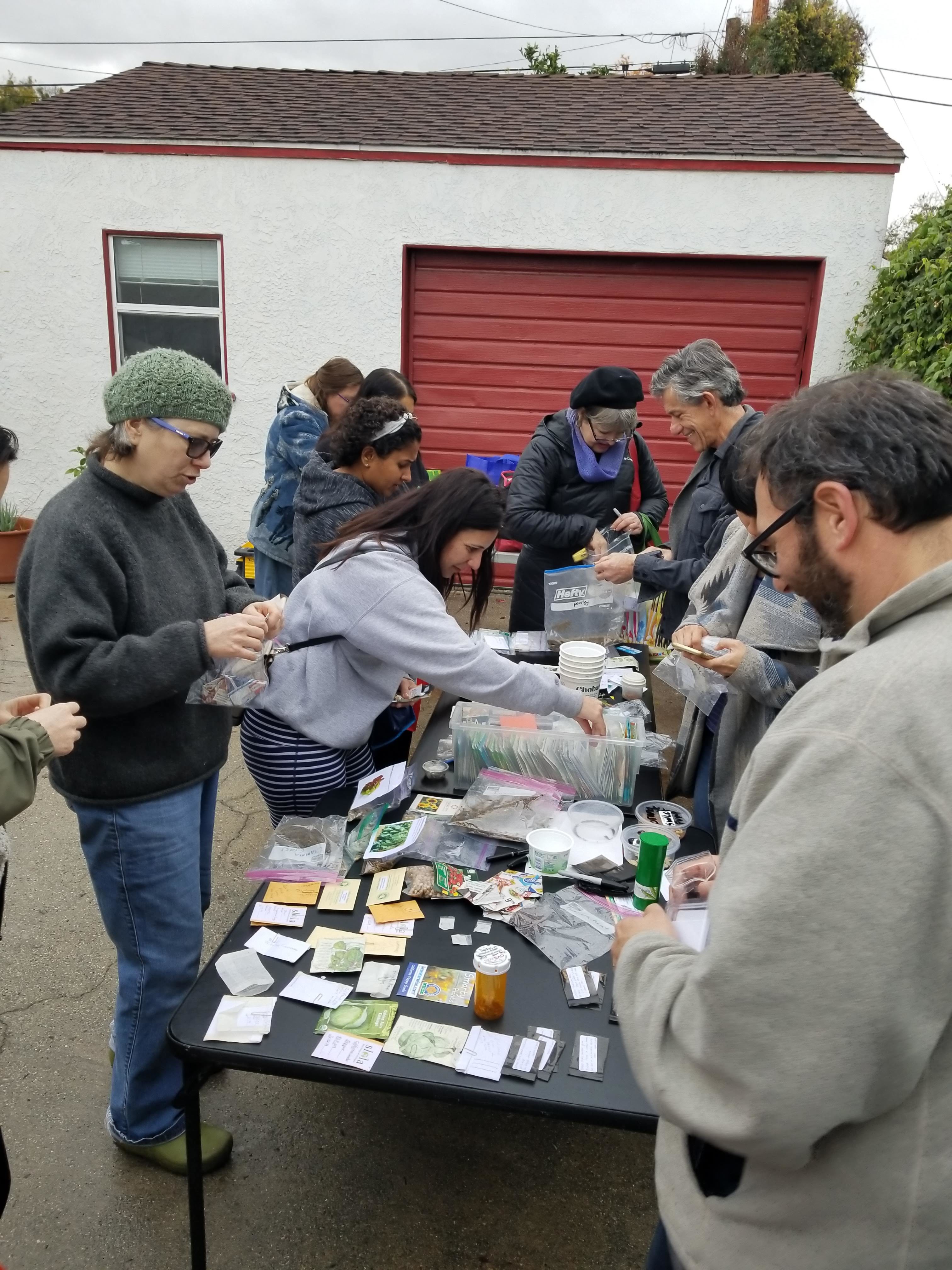 I’m part of a solid group of backyard growers that occasionally come together to exchange excess backyard produce. After following some successful gardeners on Instagram, I got the idea to do our own local seed exchange. Not only would this be a great way to connect, but our seeds would be successful since the meeting and exchange would be really local.
I’m part of a solid group of backyard growers that occasionally come together to exchange excess backyard produce. After following some successful gardeners on Instagram, I got the idea to do our own local seed exchange. Not only would this be a great way to connect, but our seeds would be successful since the meeting and exchange would be really local.
We coordinated online, check out the group here: https://www.facebook.com/groups/1216601628460596/
A lot of people tend to collect a lot of seeds, and truly it’s nice to have a surplus, however, some seeds lose their ability to germinate as well as time goes on. Seed exchanges are good for sharing what you have excess of, and acquiring new seeds you may not have known about.
I was also able to learn a lot about what grows in our zone 10 in Burbank. Lot’s of experienced growers came out, and I was even able to gather some Yuzu seeds from a guest.
The other upside is that we’re trying to reduce our use of disposable and plastic goods. We were able to upcycle some of the pharmacy bottles and plastic containers from the dispensary into seed containers.
Check out some pictures of our rainy day exchange
2019 Zero Waste Resolutions
I have such a hard time talking about zero waste. Let’s face it, aside from a handful of people who keep their trash in tiny mason jars, it’s a really hard process for everyone else who isn’t obsessed. So people like to say it’s a journey, and it is… a long journey of watching everything that comes into your home. My other issue with this movement is that it can sometimes be an upper middle class struggle, or a movement for the elite. When you have very little money, and resources, you tend to buy what is on sale, what is available and sometimes that food has more plastic. So I’m trying to strike a balance in finding affordable solutions that are open to everyone. Here I go.
BULK
This is the first area I’d like to expand on. I don’t mean go to sprouts or whole foods bulk bin – but if you’re not there yet, please try it. I mean, finding a farmer I can buy bulk grains from, maybe 5lb. bag or so to get me through a few months – this way, all I have to worry about is one container. Take into account quinoa – I buy one small plastic bag at a time. If I buy a 5lb. container and request it in a cloth bag, I may be able to reduce a lot of my personal plastic. Lately I’ve been looking into buying from Kandarian Organics.
Grow Your Own
This is easier for those of us who have the space, but don’t be discouraged. There are a lot of areas that offer community gardens that are easy to rent a raised bed from for a nominal fee.
Less Amazon – More Buy Nothing Group
Recently we got a puppy, and my husband is super responsible and wanted to get a harness and start lessons right away. He purchased an xs dog harness from amazon, and it was too small. I accidentally threw out the box and now we’re stuck with it. I didn’t want to spend another 25 bucks on getting the next size up, so I posted on my local Buy Nothing Group page and had 3 people offer up their dog harness. It was the most wonderful thing to have people who are so kind gift you something. It’s mutually beneficial too, as they’re probably looking to declutter their home too. To find out more about the Buy Nothing Project click here.
I’ll be sure to keep adding to the list, but for now this is what I have going on. Please feel free to comment on anything you think I should try, or add in order to share with others.
Loofah Sponges and Waste Reduction

I visited my friend, Farmer Rishi at his farm to pick up a mango tree and came across the most beautiful hanging squash. It’s great to go to someone’s home and see their kitchen, their garden, but seeing someone’s farm just gives me next level envy. I asked him what these plants were and he said Loofah gourds. I remembered living in Mexico and this was the standard for exfoliating, for scrubbing counters and for cleaning dishes. And I’m really looking forward to trying it out.
There is so much talk about microfiber cloths and plastic components either ending up in our waterways or ending up in our landfill without the ability to breakdown. I was going to wait to grow it this upcoming year, and hope for the best – still planning on that but I came across some loofah sponges at El Mercadito in East Los. I bought a nice size sponge for $4.00. Yes, it was a trek and a half to get there, and it’s ridiculously crowded at the moment, pre-Christmas, but I really do think I got more than a bargain, since I can probably make upwards of 1 dozen sponges from this baby.
